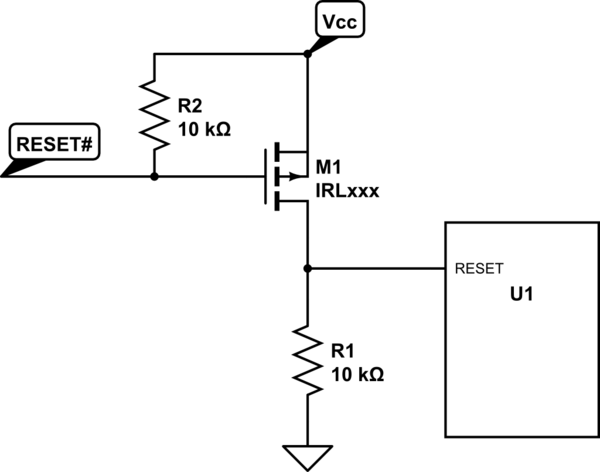I have a buffer which I want to reset. The EN pin is connected to a pull upp resistor while the Reset pin is connected to pull down resistor. What should I do to reset the buffer manually? Should i connect the reset to pull upp resistor to Reset the buffer?
Thanks in advance.

